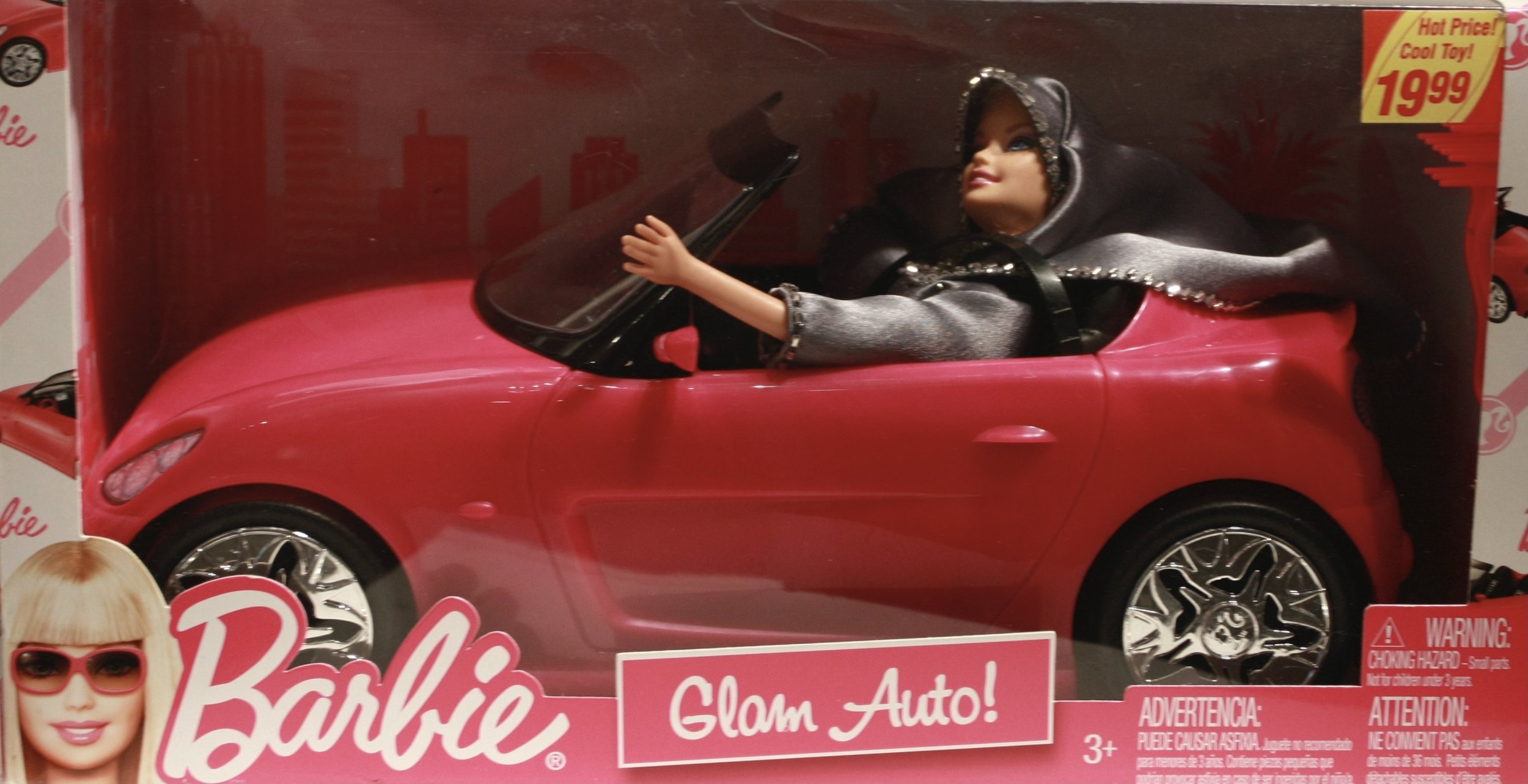“The Barbie Revolution”
“The Barbie Revolution”
Site-Specific Installations
Original Mattel Barbies Altered in Varying Sizes
2010- 2012
“The Barbie Revolution” series emerged from a conversation with a Muslim scholar and a United Nations researcher Nandita* whose personal experiences challenged my Western derived notions on the Muslim veil. The series also emerged at a time when the former French president, Nicolas Sarkozy (2007-2012) placed a ban on the Muslim veil in France, most specifically, the niqab (full face covering).
Nandita’s story is one of many, where modern, independent women feel forced into wearing the Muslim veil due to family pressures and expected social norms. Nandita, was then, due to marry a man from Baluchistan (a northern province of Pakistan) and was invited by his family to visit the region before their marriage. Upon her arrival, she was advised by the female members of the family to wear a burqa or a niqab, especially outside the confines of the house. Though born and brought up as a non-identifying Muslim South Asian woman in the west, Nandita’s preferred choice of clothing consisted of jeans and tops, but out of respect for the family, she wore the burqa during her initial visit. While in the city center with her new family, she experienced men sexually accosting her despite being told that the burqa is worn for the purposes of modesty, and for safety reasons. Sexual harassment became an everyday occurrence. Completely enraged by the treatment she had received despite her efforts to maintain her modesty, the remaining time she spent in Baluchistan, was in her preferred choice of western clothing. The harassment continued.
What Nandita’s story revealed to me was that despite women being told that the Muslim veil is for the purposes of preserving female modesty and religio-cultural codes of conduct— that was not the case. But rather, the veil is merely a masculine enforcement of power and domination. As a garment, the veil is restricting, especially towards women’s mobility restrictions. Hence, “The Barbie Revolution” is a means of approaching the debate around the veil from a “neutral” stance— projecting the enforcement of patriarchal norms cast upon women, but simultaneously depicting women as agents of their own choices and will— their ability to be more than just modest— to be professionals, to engage in activities of their liking and choices, despite while existing within the bounds of patriarchal dictum. It projects a “negotiated” space— a space that many Muslim women exist within.
Being an artist with a social-justice awareness motive, each doll was purchased from varying stores across the San Francisco Bay and the Dallas-Fort-Worth area. Each barbie doll was then meticulously and carefully removed from its original box and replaced with elaborate veils crafted in different styles from exquisite silks and fabrics with gold weaves, Swarovski crystals, semi-precious stones and beads, and professional silver-grade jewelry. Once the clothing was designed and executed, it was carefully placed onto each doll, and the dolls were returned into their original boxes, ready to be placed back at the stores where they were originally purchased from. The intent behind “The Barbie Revolution” is less so about documenting the interaction children have with their new, unique experiences with dolls in the stores, but more so about the possible conversations that arose with their parents, friends, or siblings on their curiosities of the never-seen before representations of barbies in Muslim veils. As an artist and an activist, I believe that fundamental curiosities about differences needs to be talked about with children at a young age, and though I will never know what resulted from this body of works, it is the idea of a “possibility” of creating some change in an individual’s mind that compelled me to create this series. “The Barbie Revolution” is my first attempt of creating a set of art works for children.
*Nandita is an alias name created for the purposes of protecting the identity of the U.N. researcher.























